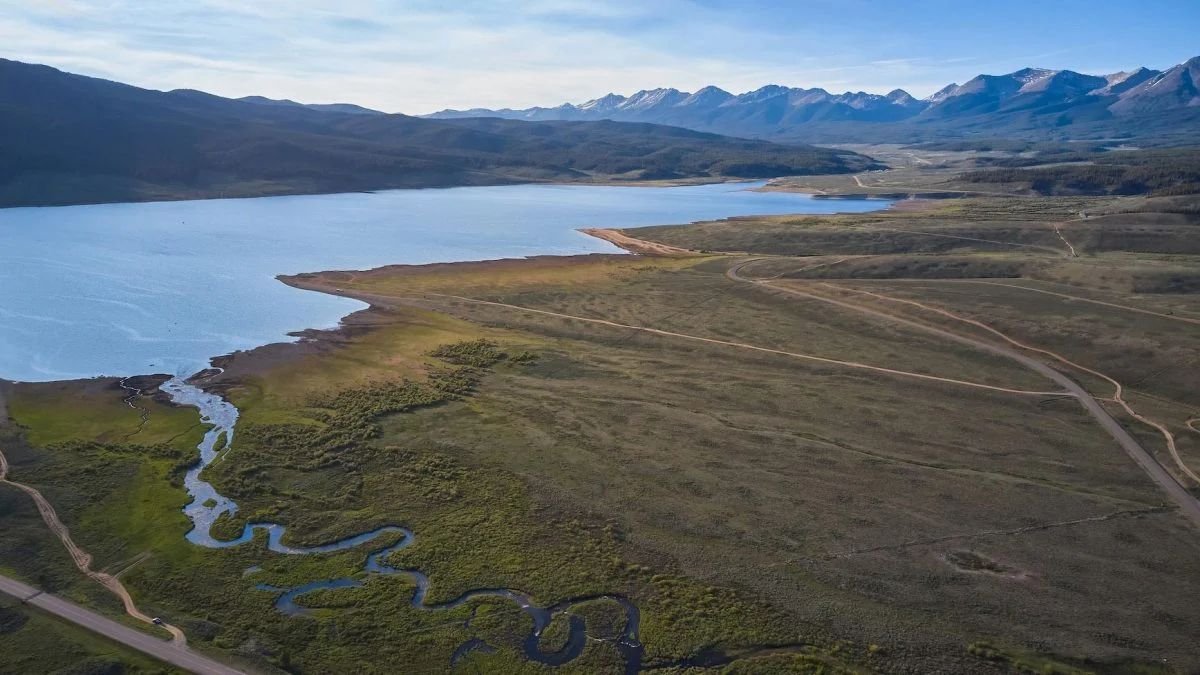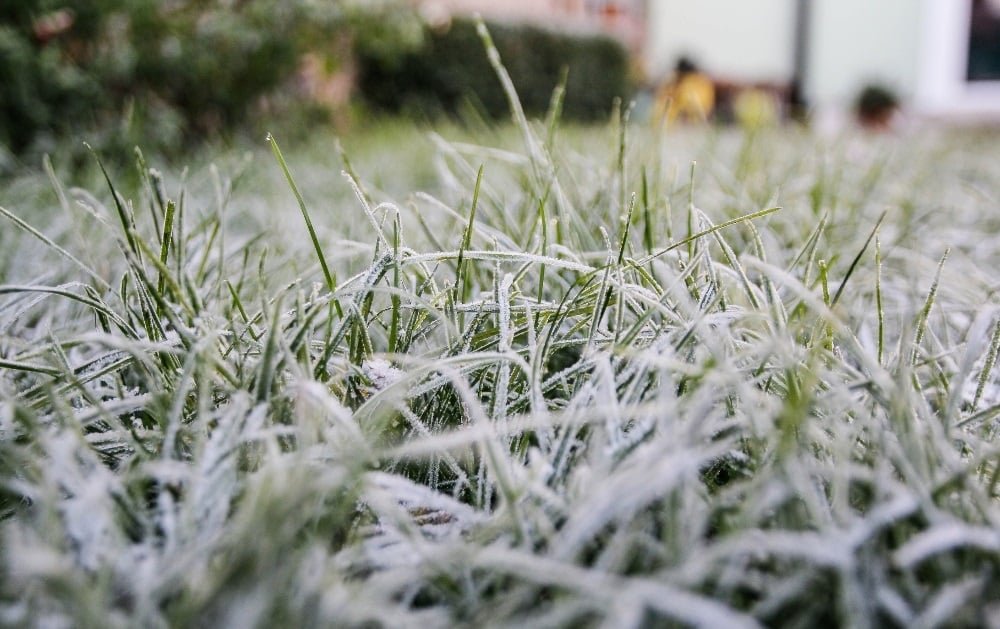A new study mapped continental groundwater flow, revealing that rain and snowmelt travel much farther and deeper underground than previously known. Over half of stream water comes from deep aquifers, highlighting crucial implications for pollution tracking and groundwater management.
Researchers from Princeton University and the University of Arizona have developed a groundbreaking simulation that maps underground water movement on a continental scale. Culminating three years of extensive study, this research traces the hidden journey of water—from raindrops or melted snow seeping into the ground to their eventual reappearance in freshwater streams. The simulation reveals that water can travel to great depths, resurface up to 100 miles from its entry point, and remain underground for periods ranging from 10 years to an astonishing 100,000 years.
Published on January 6 in the journal Nature Water, the study demonstrates that rainfall and snowmelt penetrate much farther into the Earth than previously thought. Additionally, it shows that more than half of the water flowing in rivers and streams originates from deep aquifers once considered isolated from surface water systems. These findings carry significant implications for managing groundwater resources, tracking pollution, and predicting how climate change might affect groundwater—an essential source of drinking water for half of the U.S. population.
Spanning the continental United States and parts of Canada and Mexico, the simulation tracks the flow of groundwater and measures the vast distances and depths it travels before discharging into streams across more than 3 million square miles (7.85 million square kilometers). The researchers accomplished this with a high-resolution hydrological simulation that allowed them to track the water moving through underground systems.
The research team included Reed Maxwell, Princeton’s William and Edna Macaleer Professor of Engineering and Applied Science and a professor at Princeton’s High Meadows Environmental Institute; Chen Yang, a former associate research scholar at Princeton (now at Sun Yat-sen University in China); and University of Arizona professor Laura Condon.
They found that groundwater can travel underground for hundreds of kilometers before emerging as streamflow. In the Midwest, groundwater flows long distances — especially where the mountains meet the plains. One groundwater flow along the base of the Rocky Mountains spanned 148 miles (238 kilometers). The study also revealed groundwater’s vast connection networks: Almost 90% of U.S. watersheds take in water from one neighbor and pass it to another.





